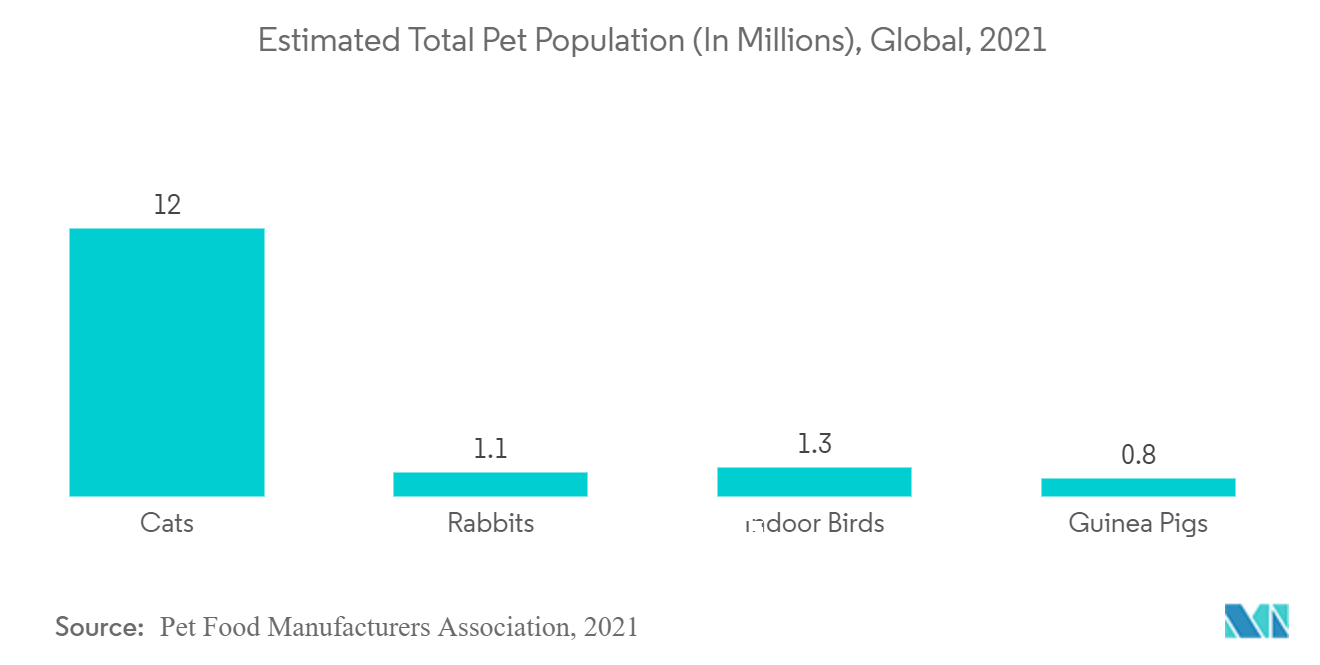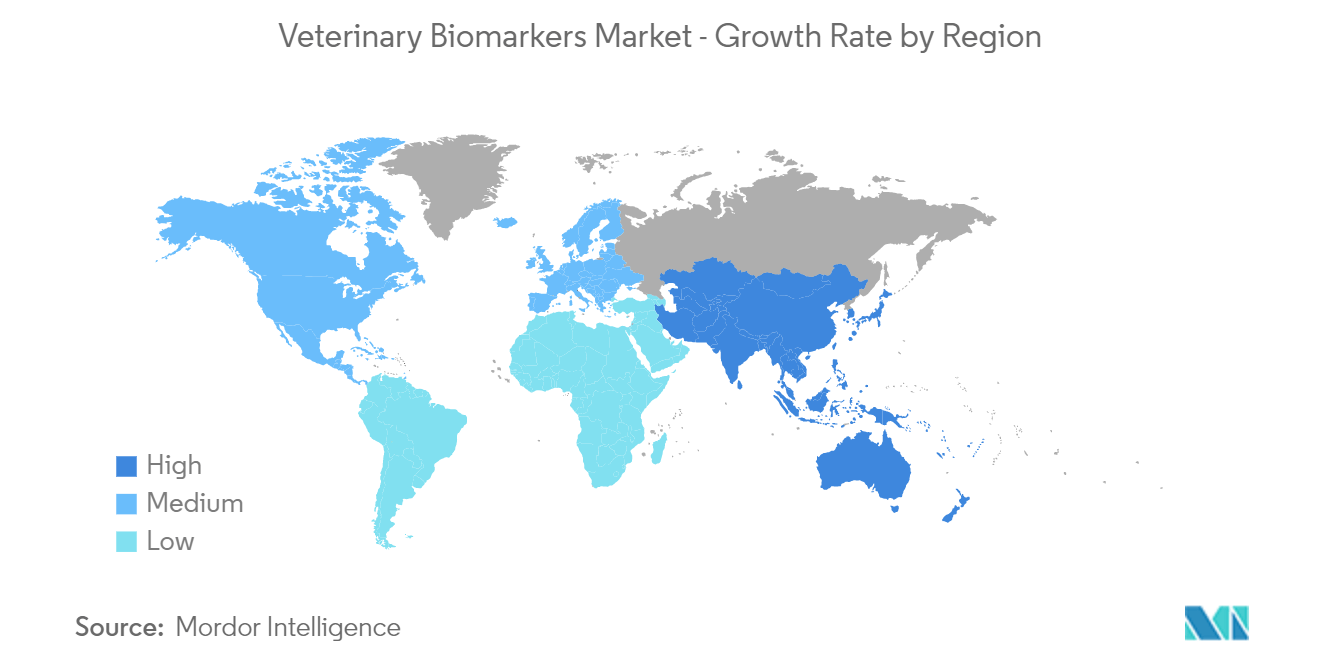Market Trends of Veterinary Biomarkers Industry
This section covers the major market trends shaping the Veterinary Biomarkers Market according to our research experts:
The Biomarkers, Kits & Reagents Segment is Expected to Witness Growth Over the Forecast Period.
The biomarkers, kits, and reagents segment is expected to witness significant growth in the veterinary biomarkers market over the forecast period owing to factors such as rising awareness of biomarkers used in the veterinary industry, strategic initiatives by key market players, and technological advancement in kits and reagents. For example, in December 2021, an article from veterinary science research revealed the microRNA as a potential biomarker for reproduction, diagnosis, prognosis, and therapeutics in domestic animals, and miRNAs were discovered to be involved in disease pathogenesis and reproduction physiology in animals.
Moreover, rising strategic initiatives and increasing technological advancements are expected to increase the growth of the studied segment over the forecast period. For instance, in October 2020, Bionote USA launched Vcheck biomarkers for the diagnosis of heart failure. It helps detect canine heart disease in just minutes and is used in-clinic as a complement to a point-of-care lab for time-saving diagnosis and faster initiation of treatment plans.
Additionally, in February 2021, Life Science Diagnostics developed three monoclonal antibodies for SAA, an acute-phase protein that is an excellent biomarker for inflammation and tissue injury. Elisa employs three monoclonals as an HRP conjugate and a capture antibody. Therefore, the biomarkers, kits, and reagents segment is expected to witness significant growth over the forecast period due to the above-mentioned factors.

North America is Expected to Dominate the Veterinary Biomarkers Market
North America held a notable market share of the veterinary biomarkers market, and the high share of the region is due to the significant presence of key players, the adoption of various strategies initiated by key companies to increase market penetration, rising research activities, rising diagnostic rates, and increasing animal population and vet care expenditure. Another factor contributing to the growth of the veterinary biomarker market is the increasing number of veterinary clinics in the countries with licensed and trained veterinarians.
Furthermore, with rising pet adoption coupled with pet insurance schemes, the overall market is expected to grow significantly throughout the forecast period. For instance, according to the American Pet Products Association (APPA), in 2021, about 70% of United States households will have a minimum of one pet. The country has witnessed an increase in overall and per capita spending on pet care in the past few decades.
Additionally, rising pet adoption rates are also one of the factors driving the veterinary biomarkers market. For instance, in May 2021, according to the American Society for the Prevention of Cruelty to Animals, a survey showed that 1 in 5 households had acquired a cat or dog since the beginning of the COVID-19 crisis, which would account for approximately 23 million American households.
Additionally, increasing research and development activities around veterinary biomarkers and post-genomic technologies in the region is likely to boost market growth. The advanced strategies initiated by animal health key players to identify novel biomarkers or disease indicators are further enhancing the opportunity for segment growth. For instance, in April 2022, Boehringer Ingelheim welcomed any partnership or collaboration to develop novel cancer therapeutic concepts with a specific biomarker-based approach. This is likely to propel research in the arena of veterinary biomarkers, thereby increasing the regional growth rate.


